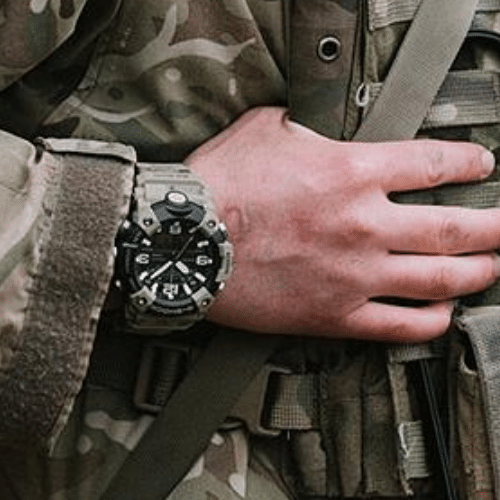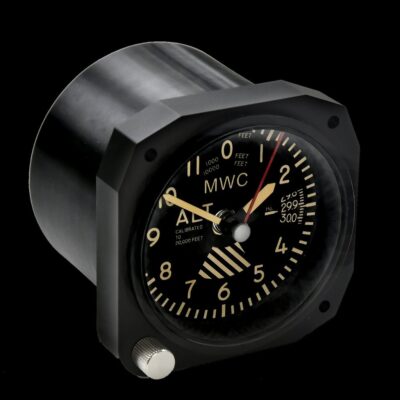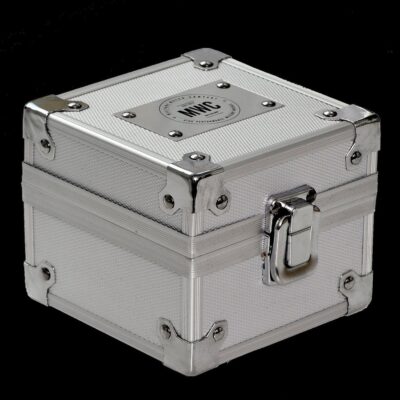News
Russia and India Continue Talks For Su-57 License Production Deal Ahead of Putin’s Visit
Russia and India have continued to make progress in talks of the license production of Su-57 fifth generation fighters, which India has shown growing signs of interest in since the beginning of the year. Russian Ambassador to India Denis Alipov observed regarding these talks: “Intensive work is underway across a range of areas, including the Su-57E platform, which can be utilised to implement India’s program for developing its own fifth-generation fighter.” He added that Russia’s competitive advantage lies in an unprecedented level of technology transfer and localisation of production, which would support the ’Make in India’ and ‘Self-Reliant India’ initiatives. Talks are reported to be intensifying ahead of Russian President Vladimir Putin’s visit to India, during which a deal may be signed. There have been more definite signs that India will order further battalions of S-400 long range air defence systems during the visit, after the systems proved highly capable during combat tests against Pakistani forces in May.
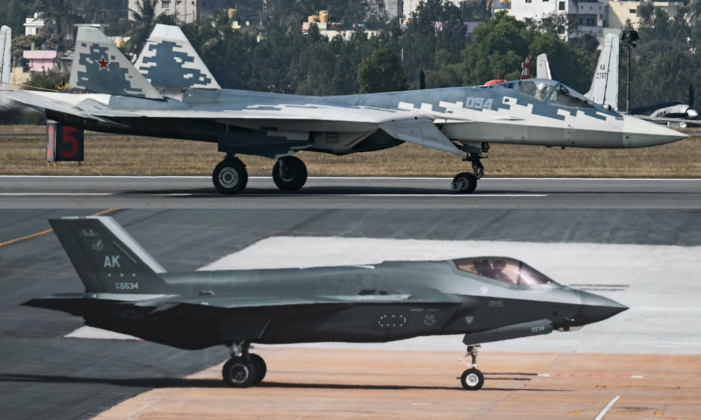
According to Indian media outlets, a license production deal could begin with the sale of two squadrons of Su-57s built in Russia, each of 20 fighters, which would be followed by a further five squadrons produced locally. This would closely mirror the procurement of Su-30MKI fighters, which similarly saw an initial agreement reached for 140 fighters, of which approximately 50 were built in Russia before license production could commence. High levels of satisfaction with the Su-30MKI led the Indian Defence Ministry to expand orders to over 270 fighters, making it by far the most widely fielded fighter type in the country’s fleet despite its high operational costs. A major expansion of Su-57 orders beyond 140 fighters also remains possible, particularly due to anticipated delays to the local FGFA next generation fighter program.
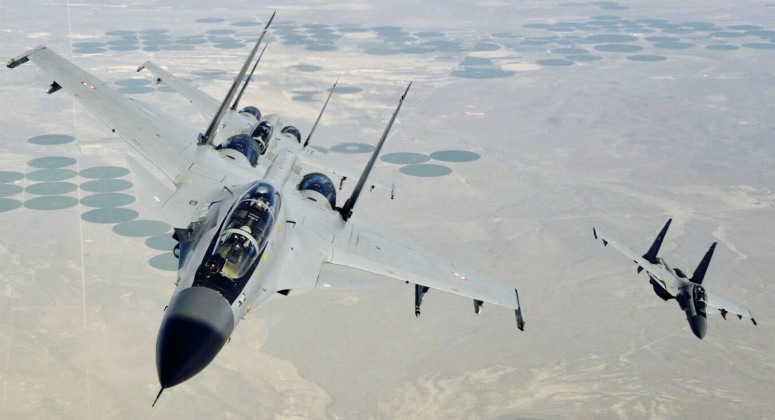
In July Indian Defence Secretary Rajesh Kumar Singh confirmed that talks for Su-57 procurements were continuing. “These are sensitive negotiations. When they reach a tangible stage, be it [the granting of] an Acceptance of Necessity, [the issuance of] a Request for Proposals (RFP), or [the signing of] a final contract, that is when the media will come to know,” he stated at the time. Although both Russia and the United States intensified efforts to market their respective fifth generation fighters to India from February, with the U.S. offering the F-35, the American fighter has been considered highly unlikely to be procured primarily due to the extensive controls Washington imposes on how the aircraft are utilised. In July the Indian government was reported to have informed U.S. officials that it was not interested in procuring the F-35.
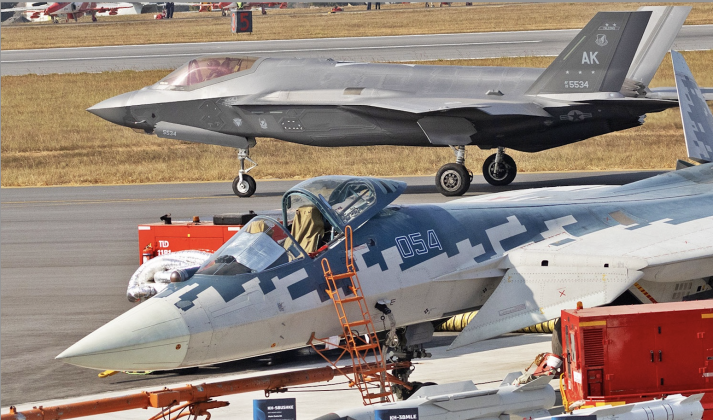
Russia in May made an unprecedented offer to provide the Indian Defence Ministry with full access to the Su-57’s source code as part of a large license production deal. A further significant factor in the fighter’s appeal is that it has been intensively combat tested in air defence suppression operations, operations in heavily defended enemy airspace, and for engagements with enemy fighters in the Ukrainian theatre. The Su-57 was in early August reported to have for the first time integrated a hypersonic air-to-surface missile for operational use, which could be of particular interest to the Indian Air Force. A further leading strength of the fighter is that its operational costs and maintenance needs are comparable to those of advanced fourth generation fighters like the Su-30, which allows squadrons to transition without downsizing or imposing significant extra costs, contrasting sharply to the cases for its American rivals the F-22 and F-35 that are particularly costly to sustain.

